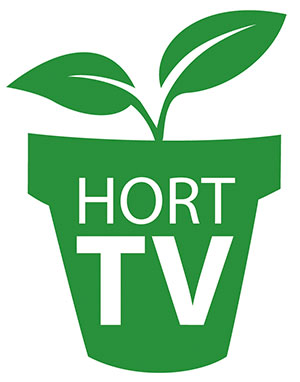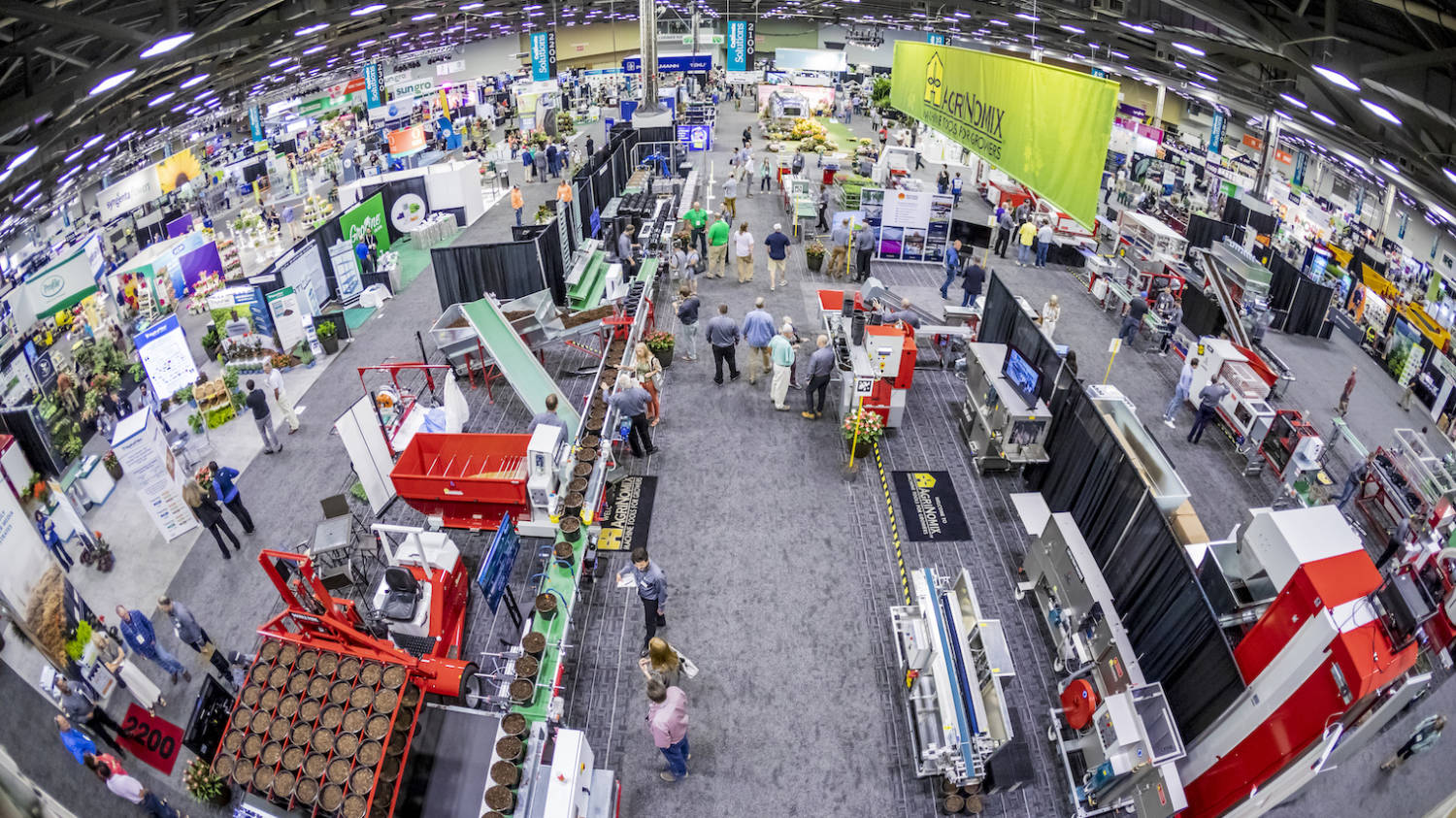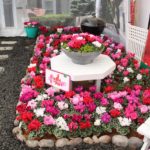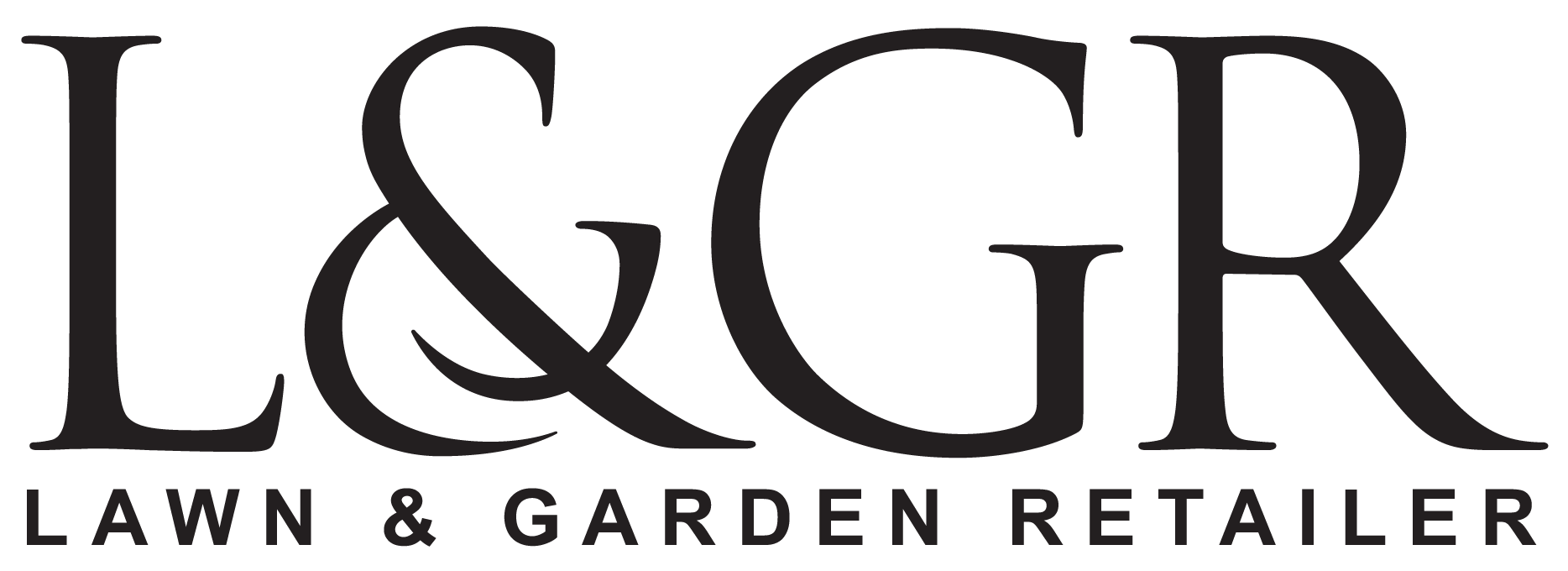Choosing the right structure
Whether you're a small, medium or large grower, it is important to remember the basics when choosing a structure for your situation. So, let's review the fundamentals.
Greenhouse Structures 101
Type of Crop. If youare hardening your crop, you might want a structure with a retractable roof soyou won't have to move the crop and can save time and labor. If you are aplug grower or are germinating plants, you might want your structure completelyclosed off from the elements so you can control the ventilation, humidity,heating, cooling and sunlight.
Location. A grower in Florida will not have the samestructural needs as one in Michigan because of climatic differences, includingthe amount of sunlight received. Paul Thomas, associate professor offloriculture at the University of Georgia, recommends checking with theNational Weather Service to determine the worst conditions on both the cold andhot sides. "By over-engineering, we're engineering for theworst-case scenario, not the average," he says. For instance, you maywant to ask, "What was the coldest/hottest night's temperature inthe last 100 years?"
Cost. The price of agreenhouse structure is measured by the square foot and varies by location.Once you have determined the price per square foot, multiply it by the squarefootage you require to arrive at the cost of the structure.
Land. When purchasing land on which to build a structure, considerzoning laws. Research the area before purchasing the land — which shouldbe zoned for business, not residential use.
Water restrictions and water quality are also something toresearch. Property might be ideally situated to the highway with appropriatewindbreaks and plenty of room for expansion, but if the water quality is poorenough, none of this matters
Square Footage.Don't simply plan for now, but for any future expansion, includingtechnology; the more you prepare for contingencies, the less surprised you willbe when they are needed.Ê
Structure Types.Quonset huts (cold frames or hoop houses) are generally less expensive and aremost often used by growers who do not necessarily require the more expensiveglass or poly-covered structures. Open-roof houses have sections that move inand out, while retractable-roof houses have a roof that literally retracts. Theresult is the same for each: Growers can harden their crop by exposing them tothe elements, taking advantage of both natural sunlight and ventilation. Venlohouses also expose crops to the outside air since they are vented. Any of thesehouses can be gutter-connected, a less-expensive option that allows you toincorporate the same heating and cooling systems and makes moving plants fromone house to another easier.
Current trends
Many of the structure experts GPN talked to noted severalcurrent trends in the structure industry: turnkey houses, retractable-roofhouses and upgrades in technology and automation.
One type of turnkey solution involves the grower selectingthe structure, heating and cooling systems and other equipment, while someoneelse does all the work — from pouring the foundation to installing theequipment.
The other type of turnkey structure may involve hiring a companyto erect the grower's structure as well as install heating and coolingsystems, but they may contract with another company to pour the foundation.Growers have more control over the companies they contract with and moreselection in their heating, cooling and irrigation systems with this type ofturnkey.
The second trend that experts have observed is upgrades intechnology. As Thomas notes, "I would recommend that even the beginnerswho are putting up Quonset huts look at labor-saving features as part of theirinitial investment — automatic watering systems, computer-controlledenvironments. The only way to make a profit is to save on your laborcosts." In the aftermath of the fuel crisis last year, growers have to bevigilant about their initial choices as well as their upgrades.


 Video Library
Video Library 




















